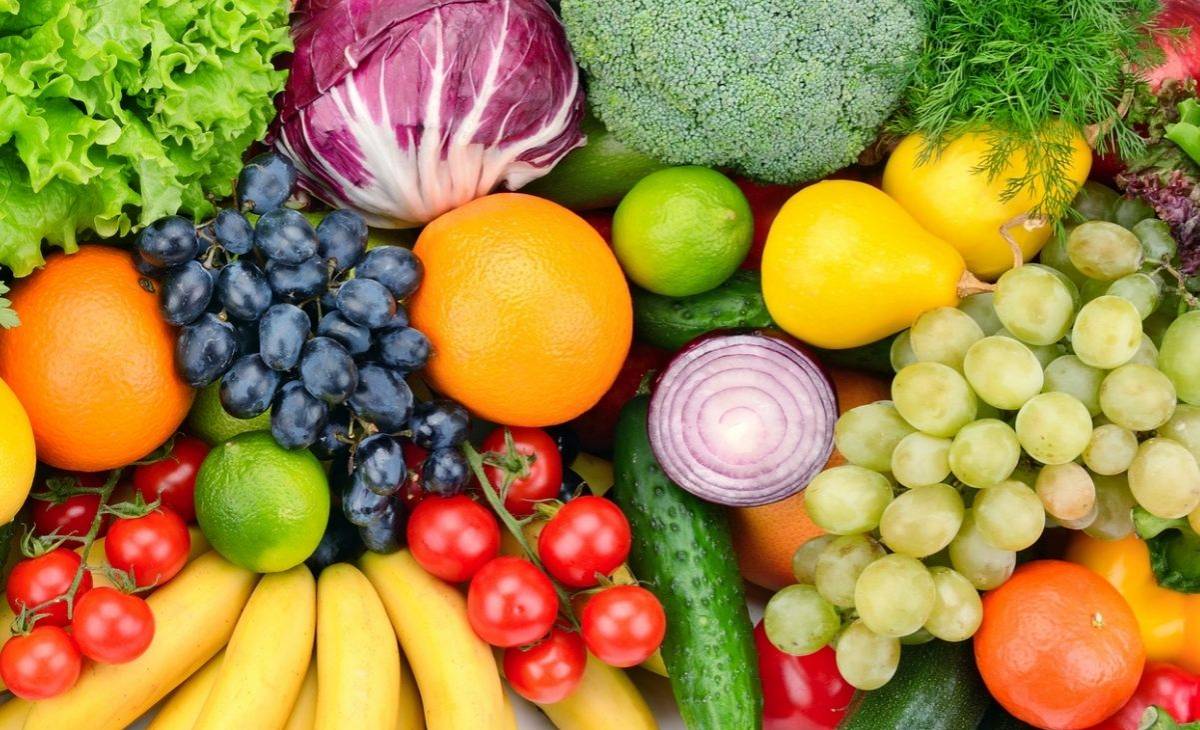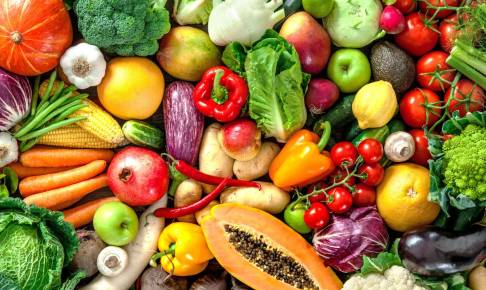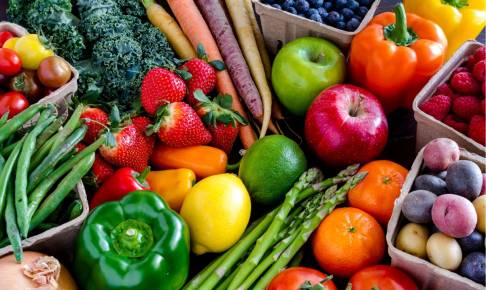Italian report about pesticide residues in fruits and vegetables: good news and some concerns
Legambiente, an Italian environmentalist association, has recently published its annual report on the use of pesticides in agriculture in Italy.
The results are - partly - encouraging, as, according to the analysis carried out by the official bodies, only 1.95% of fruits and vegetables analyzed in 2020 exceeded the legal limits. However, 35.3% of the samples had traces of one or more pesticides.
The percentage of samples without residues has increased compared to 2019, going from 52% to 63%. However, even if residues of two or more substances have been detected in 22 out of 100 samples, little had been done to understand the effects of these multiple residues. Overall, 97 different substances have been identified. In some cases, more than 5 pesticides were detected in the same sample (e.g. 9 in plums, 10 in cherries, 12 in pears). Legambiente considers essential to take into account the additive/synergistic effects derived from the interaction of different pesticides, with each other and with the human body.
The report shows that fruits are more contaminated: 1.63% of samples had residues beyond the limits (mainly citrus fruits, small fruits, and exotic fruits), while traces of a single substance or more have been found in 14.3% and 39.2% of samples respectively. On the other hand, vegetables appear to be less contaminated, with 74% of the samples free of pesticide residues. A completely different picture is shown regarding organic farm produce where more than 97% of the samples had no residues.
The pesticides that were most often found are fungicides and insecticides, herbicides (e.g. glyphosate), neonicotinoids, and organophosphorus compounds (e.g. chlorpyrifos, an active ingredient defined unsafe by the European Food Safety Authority in August 2021).
Source:
https://www.legambiente.it/wp-content/uploads/2021/11/Stop-Pesticidi-2021.pdf






















